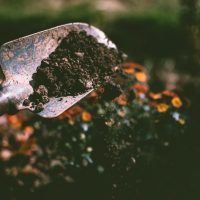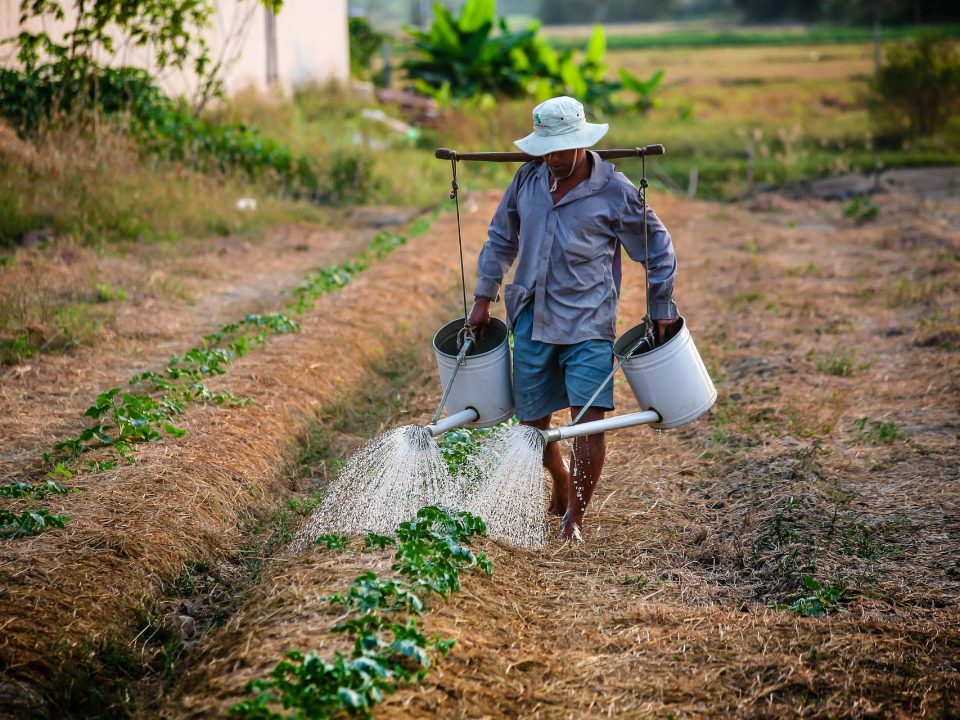Why Compost?

Natural Pesticides
November 22, 2018
plant to plant
December 9, 2018
Why Compost?
Written by ronen kozushner, natural green seeds,
Increased use of compost in our garden can save the amount of water that we need to irrigate, as compost improves soil water retention, which means that we save on the precious resource of water.
Compost also improves plant growth rate and keeps its growth healthier.
We can help the natural process of decomposition and decomposition of plants if we return to the ground all the organic remains from our kitchen or garden.
In addition, if we create the compost ourselves, we will contribute to reducing the emission of carbon compounds into the air, and we will reduce the transfer of waste to landfill sites that pose an environmental hazard.
Organic matter that is thrown into the trash can not be recycled, is a wasted resource!
This wasted resource increases the greenhouse effect and contributes to global warming due to methane gas emitted into the air as a result of the release of organic matter under conditions without oxygen.
So why compost?
Soil minerals are important for growth. In nature, the origin of the minerals is from organic substances that are the products of the decomposition of plants and animals that have died and since there is always death, the level of minerals does not change almost.
On the other hand, in our garden, we remove the dead plants and shrubs, so that the minerals are not returned to the soil and therefore we need to fertilize it ourselves.
Those who actually help us in the process of decomposition of organic matter are: microorganisms, bacteria, monoliths and fungi.
They need organic matter, oxygen and water.
Organic matter originates from living organisms, which are made up of four elements: carbon, nitrogen, oxygen and hydrogen.
In the composting process, the organic materials are broken down into these basic components and thus made available for use by the plant, which grows faster and better in their presence.
You can easily and simply create compost in the yard of the house and contribute to our garden and the environment so why not really?
It turns out that many owners of gardens still refrain from producing homemade compost, it may be due to fear that the operation is complicated and requires too much investment and that it is an environmental hazard.
So what we need is:
Choose a suitable place in the garden for the pile of compost
The place must be shaded to prevent dehydration of the pile. The place should be on the edge of the garden, a hidden place, far from the developers and windows, but accessible. Which will be laid on the ground to allow access to the various helpers to get to the pile.
Choose a receptacle for making the compost
A plastic container is perforated in the lower part for ventilation and a lower opening to remove the prepared compost. Composters prepared from different types and sizes sold in nurseries and gardening equipment centers. There are various local authorities that subsidize such containers. Compost can also be made in an exposed pile, in which case we will cover the pile with dry material on all sides. Such a pile tends to dry out and must be kept regularly in the summer. In addition, in the yard where animals live, keeping the pile more problematic.
How do you start the process?
In the first layer lay dry leaves with a layer of soft green prick on top and if the tank is detached from the soil, let’s say a layer of soil that will provide the source of the microorganisms that will begin the decomposition process. The next layer will be a layer of wet organic matter from the kitchen (no leftover meat and fats that will attract unwanted animals and give off a bad smell). We will only use organic matter and should be cut into small pieces
And immediately we will cover a dry layer of pruning and dry leaves (without thick branches and a timbre that breaks down slowly), so as to prevent bad odors and air into our pile.
Periodic treatment and troubleshooting
It is important to maintain the moisture of the pile and the introduction of oxygen. When stacking smells bad, the process of disintegration is not normal due to excessive humidity and lack of oxygen. In this case mix the pile (with a pitchfork) and add dry material. In a normal process, the stack size shrinks.
If the pile does not change, the pile is too dry and moisture should be added (watering and mixing with the pitchfork).
When is the compost ready?
After three months (in the winter it may be a slower process), it will be possible to notice that the pile has become a uniform material and a smelly heat. The material is spread around the plants in the garden, which will respond to rapid and healthy growth. If we have a lot of household waste and garden waste, you can create 2 piles. When we finish stacking the first one, we will cover it and move on to the second filling. We will also create a continuum of space for our recycling waste, and we will also have a new compost for the garden every six months or so.
What is a Humus?
In addition to the microorganisms we talked about, there are red worms that help speed up the process of disassembling the waste and getting a better compost containing all the elements that the plant needs.
This compost, its texture is thinner and is called humus.
If so, we only need a place, a container (preferably recycled material of course), waste from the kitchen and garden and patience, and finally it will happen – we will get excellent material for fertilizing the garden in its own production! With a sense of satisfaction that we contribute to the environment in which we live






